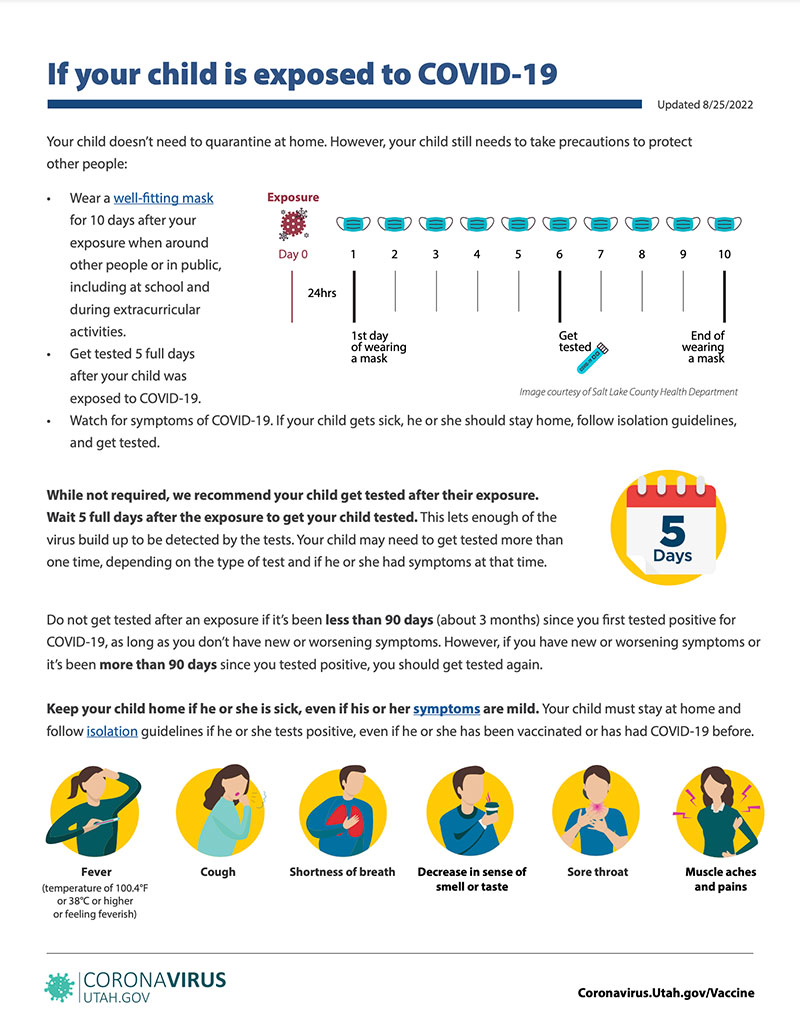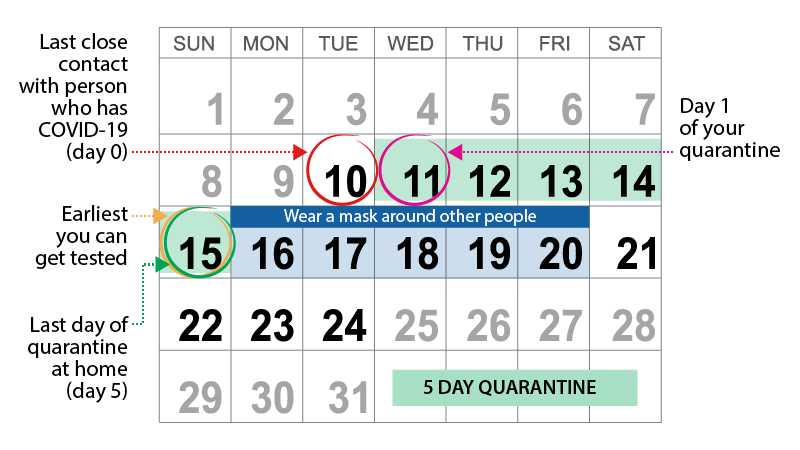Protect yourself
Updated 2/9/2024
We learn more every day about the virus that causes COVID-19 and the best ways to keep people from getting severely ill. We know this can make it hard to know what to do. If you can’t find what you are looking for, call our Coronavirus Hotline at 801-538-6003 (Monday to Friday from 9 a.m. to 5 p.m.).
Should I get tested for COVID-19?
Get tested and stay home (away from others if possible) if you have symptoms of COVID-19. It’s best to assume you have COVID-19 and follow isolation guidelines. You can use an at-home test or find a testing location. You may need to test more than one time if you’re sick but the test result is negative. It can take several days for enough of the virus to build up in your body to be detected by a test.
Some people are more likely than others to get very sick from COVID-19. Get tested and call a doctor about medicines to treat COVID-19 right away if you are sick. This is especially important if you:
- Are aged 50 and older.
- Are immunocompromised or have a weakened immune system.
- Have a health condition that can make you very sick if you get COVID-19.
- Live or work in a healthcare setting, long-term care facility, or other congregate settings like a prison or homeless shelter.

We know people can be re-infected with COVID-19. We also know some people can test positive after they have COVID-19 even though they are no longer infectious to other people. The CDC recommends you not get tested again for COVID-19 if it’s been less than 30 days (about 1 month) since you last tested positive, as long as you don’t have any symptoms. However, if you have any symptoms or it’s been more than 30 days since you last tested positive, you should use an at-home (antigen) test and test again.
What kind of test should I get?
Some COVID-19 tests are more accurate than others. Antigen tests (also called rapid tests, at-home tests, or self-tests) work best when you have symptoms of COVID-19. These tests detect only high levels of virus and are less sensitive than PCR tests. Antigen tests are the best tests to use if you want to know for sure when you can end your isolation at home after testing positive. A PCR test looks for the genetic material of the virus. It is a very accurate test and almost always detects if a person is infected with the virus. Learn more here.
Do I need a confirmatory PCR test?
Antigen tests detect only high levels of virus and are less sensitive than PCR tests. They work best when you are sick. Consider getting a PCR test if your antigen test (at-home) result is negative and you have symptoms. You may have a false negative test result. If you can’t get a PCR test, wait 48 hours before testing again with an at-home test. Learn more about COVID-19 testing
What are the symptoms of COVID-19?
The symptoms of COVID-19 can look like other illnesses such as allergies, flu, or colds. You can develop symptoms anytime between 2-14 days after being exposed to the virus that causes COVID-19. Most people will have mild to moderate symptoms. However, some people are at increased risk for severe illness from COVID-19.
Stay home if you have symptoms of any respiratory illness. This helps keep other people from getting sick too. It’s important to get tested quickly after your symptoms begin so you can get treatments for COVID-19. There is also medicine you can take if you have the flu.
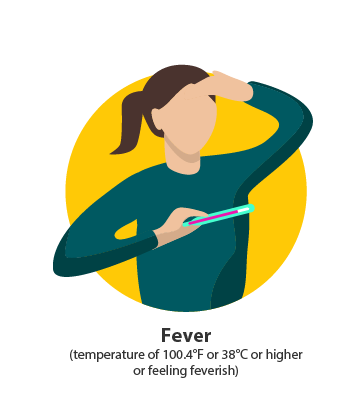
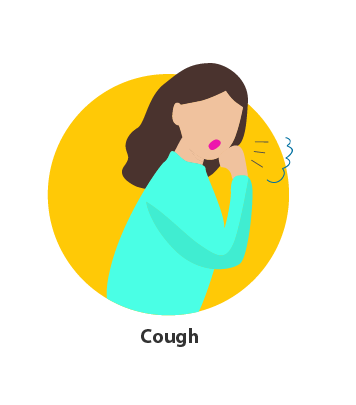
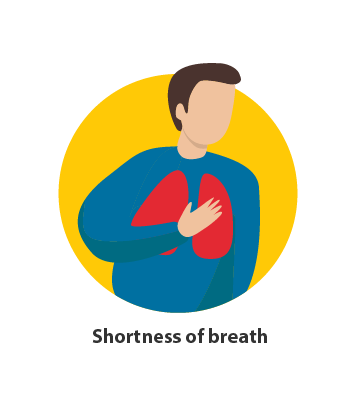

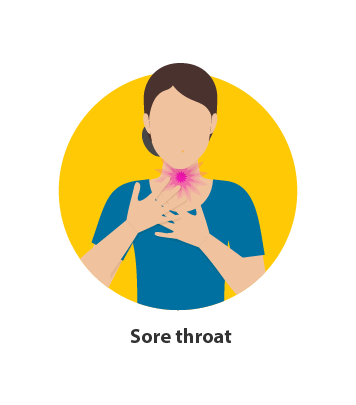

What is the difference between quarantine and isolation?
Quarantine is for people who may have been exposed to a virus or someone who is sick. Isolation is for people who have tested positive or have symptoms of a disease, like COVID-19.
Stay home (isolate) if you test positive or have symptoms of COVID-19
- What is isolation? (PDF Updated 1/11/2022)
Stay home if you have symptoms of COVID-19 or test positive, even if you are vaccinated or had COVID before. The vaccines do not interfere with the accuracy of COVID-19 tests.
If you have symptoms, stay home until:
- You have been fever-free for 24 hours without using medicine to lower your fever.
- Your symptoms have improved for 24 hours.
- It has been at least 5 days from the day your symptoms first started. You are most likely infectious in the first 5 days which is why it is so important to stay home and isolate. The day your symptoms first started is called day 0. Stay home until it has been 5 full days after you test positive (days 1-5).
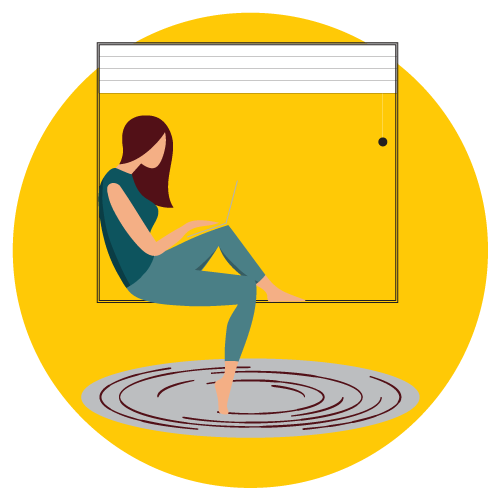
You may need to stay at home longer than 5 days if your symptoms have not gotten better. Some symptoms, like losing your sense of taste or smell, can last for weeks or months even though you are no longer infectious and don’t need to stay home anymore. Talk to a healthcare provider if you have questions about how long you should stay at home after testing positive. Learn more here.
Wear a well-fitting mask around others and in public for 5 more days after you end your isolation at home.
If you never had symptoms, stay home until:
-
It has been at least 5 days since the day you were tested. The day you test positive is called day 0. Stay home until it has been 5 full days after you test positive (days 1-5). You must stay home for at least 5 days.
If you get sick or develop symptoms, your 5-day isolation at home starts over.
Wear a well-fitting mask around others and in public for 5 more days after you end your isolation at home.
Wearing a mask around others is important after you test positive for COVID-19, even if you don’t feel sick. This can help protect them from getting sick too. Wear a mask around others, including people you live with, and in public for 5 more days after you end your isolation at home. If you can’t stay at home, wear a well-fitting mask around others for the 10 days after you test positive. A high-quality mask like a KN95 or double masking (this means wearing two masks at the same time) may provide more protection for other people who will be exposed to you.

You don’t need to get tested again to end your isolation. If you want to get tested before returning to normal activities (like work or school), we recommend you use an at-home test.
If you still test positive at this time, it’s best to stay at home for another 5 days (a total of 10 days after you tested positive the first time). If you choose to test again, wait 48 hours before testing again. You may need to stay home longer than 5 days depending on your test results and symptoms.
If your test result is negative, you can end isolation but you still need to wear a well-fitting mask around others and in public for 5 more days.
A public health worker may try to contact you if you test positive to conduct a case investigation. They will ask you about where you may have gotten COVID and who else may have been exposed. Sometimes people call this contact tracing. A public health worker may call you or send you a text or email.
What should I do after testing positive?
Call a doctor right away to see if you qualify for medicines to treat COVID-19, such as antiviral pills.
Stay at home except to get medical care. You should not travel or go to work, school, extracurricular activities, religious services, family gatherings, or other activities for at least 5 days and until you start to feel better.
- Try to stay in a different room in your home from other people. It’s important to stay away from people who are at high risk of severe illness while you are infectious. Try to use a different bathroom than other people you live with. If you can’t stay in a different room or use a different bathroom, wear a mask if you need to be around other people.
- Don’t share personal items like cups, plates, or towels.
- Clean surfaces that are touched often (like phones, doorknobs, light switches, toilet handles, sink handles, countertops, and anything metal).
- Open the windows as much as possible to help with air flow and ventilation.
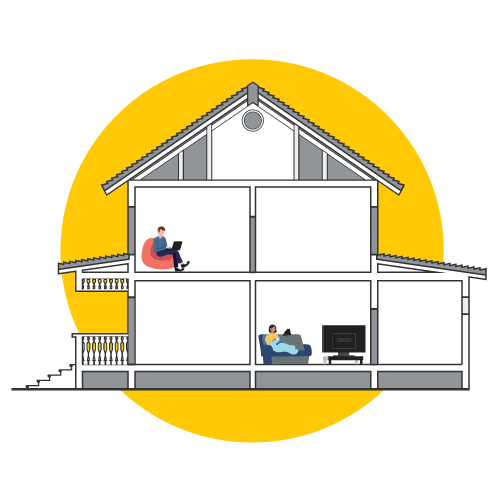
Call a doctor or seek medical care right away if your symptoms get worse or you feel like you need medical care. It is safe to go to the hospital or doctor’s office. Wear a mask and let the healthcare workers know you have tested positive for COVID-19. If you have any of these emergency warning signs, get medical help right away:
- Pain or pressure in your chest that does not go away
- Feeling confused or cannot wake up easily
- If your lips or face look bluish
- Trouble breathing or shortness of breath
Who needs to quarantine after being around me?
You are infectious and can spread the virus to others if you test positive for COVID-19 starting up to 2 days before you first had symptoms until your isolation period is over. If you never had symptoms, you are infectious starting 2 days before the day you were tested for COVID-19. Anyone who came into close contact with you during this time should take precautions.
It can be very hard to stay home and miss work or school after being exposed to someone who has COVID-19. It can also be very hard to isolate from people who have COVID-19 and live in your home. That’s why the CDC updated their quarantine recommendations and no longer recommends the people who are exposed to you stay home after their exposure. However, anyone who was exposed or lives with you still needs to take precautions:
- Wear a mask for 10 days when around other people or in public.
- Get tested 5 days after they were exposed to you.
- Watch for symptoms of COVID-19 to develop. If they get sick, they need to stay home, follow isolation guidelines, and get tested.
Take precautions if you are exposed to COVID-19
- What is quarantine? (PDF Updated 1/11/2022)
Take precautions if you are exposed to COVID-19. This means you were in close contact with someone who has COVID-19 while that person was infectious.
You may consider staying home for a period of time. This is called quarantine. Quarantine keeps you away from others so you don’t infect someone else without knowing it. Other precautions include:
- Wear a well-fitting mask for 10 days when around other people or in public.
- Get tested 5 days after you were exposed to someone with COVID-19.
- Watch for symptoms of COVID-19 to develop.
- Stay home if you get sick and get tested, even if you tested negative before.
- Stay away from people who are immunocompromised or at higher risk for getting very sick from COVID-19. You should not visit a long-term care facility, nursing home, or other high risk setting until it has been at least 10 days since you were exposed to COVID-19.
- Don’t travel if you have symptoms of COVID-19. Wear a mask around others if you must travel.
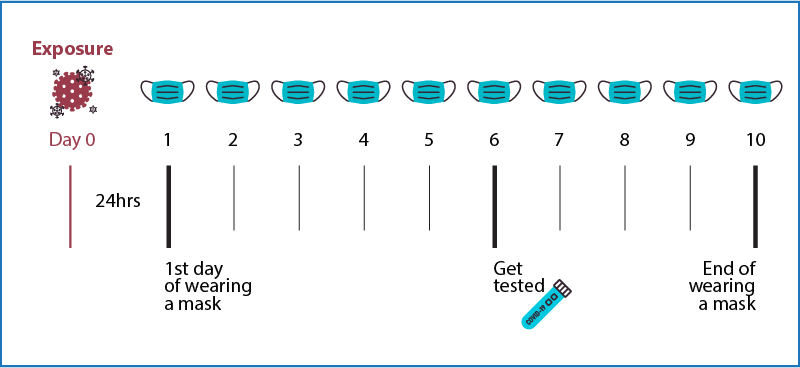
Image courtesy of Salt Lake County Health Department
Learn more
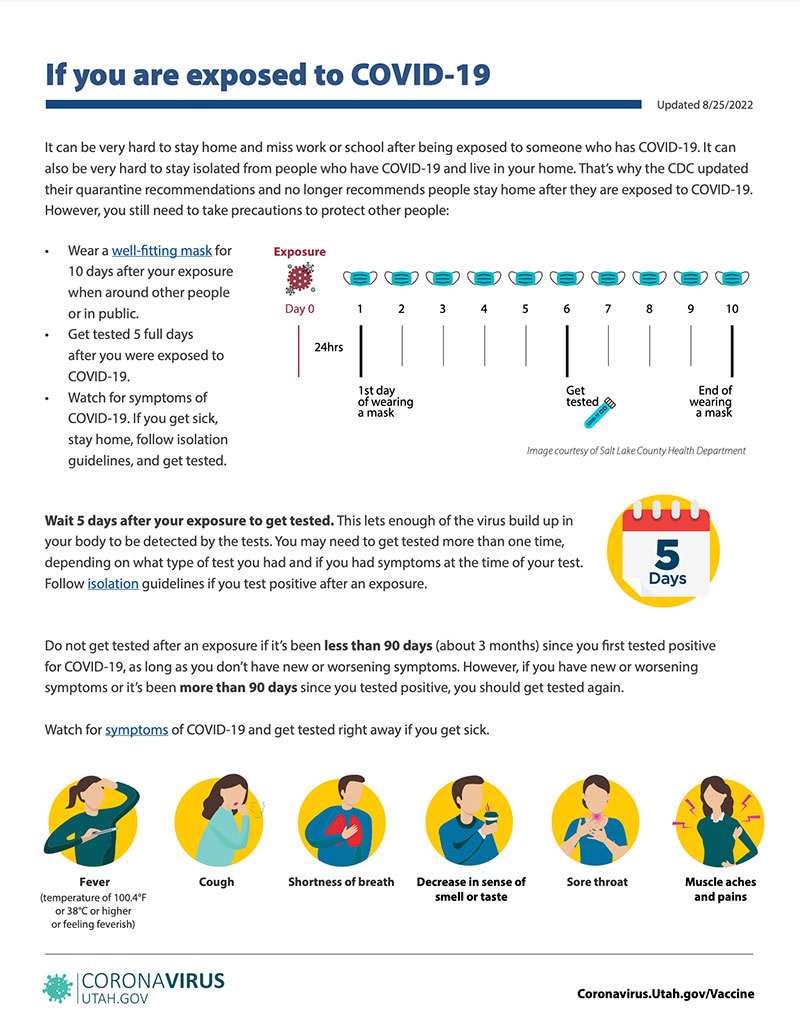
Download PDF:
English / Arabic / Bhuthanese / Bosnian / Burmese / Chinese (Simplified / Traditional) / Dari / French / Karen / Kinyarwanda / Kirundi / Korean / Lingala / Marshallese / Nepali / Pashto / Persian-Farsi / Portuguese / Rohingya / Russian / Samoan / Sango / Spanish / Somali / Swahili / Tagalog / Thai / Tigrinya / Tongan / Vietnamese
A public health worker may try to contact you if you were exposed to COVID-19. This is called contact tracing. They may call you or send you a text or email.
Immunizations help keep you, your family, and your community healthy and safe.
COVID-19 vaccines are available for people ages 6 months and older. All COVID-19 vaccines approved or authorized by the FDA and CDC are safe and effective. They help keep you from getting severely ill, needing to be hospitalized, and dying from COVID-19.
You can get vaccinated as soon as you are no longer in isolation after testing positive for COVID-19 and you don’t have any symptoms. You can also get other vaccines at the same time as the COVID-19 vaccine.
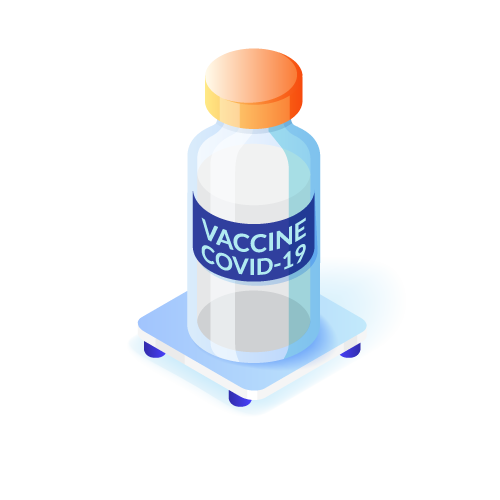
Masks protect you and others from respiratory illnesses.
Wearing a high-quality face mask can help prevent the spread of respiratory illnesses. Masks also protect and help strengthen our economy.
Viruses, like the SARS-COV-2 virus that causes COVID-19, are inside the aerosols and droplets we breathe and exhale. It’s those respiratory droplets that masks help to block and why face masks are so effective in helping to prevent COVID-19 from spreading.
The CDC has recommendations on when to wear masks in public based on your county’s COVID-19 hospital admission levels. You can search your county’s levels here.

Hygiene practices
Good hygiene practices are some of the best ways to fight any illness. This includes COVID-19.
- Try not to touch your eyes, nose, or mouth with unwashed hands.
- Wash your hands often for 20 seconds with soap and water. If you do not have soap and water, use hand sanitizer that has at least 60% alcohol.
- Cough or sneeze into your elbow or a tissue. Do not use your hands.
- Do not shake hands or touch other people. Use other ways to greet people without touching.
- Try not to touch surfaces many people touch.
- Use products in EPA List N to clean and disinfect surfaces every day that are touched often.


